Bookend Your Customer’s Trust
April 13, 2016
Every business says that they are focused on their customer and earning their customer’s trust. What many of them really mean is that they’re focused on the customer’s wallet. Their strategies are about selling more, not helping more.
Want to stand out from your competitors? Then, commit (or recommit) to genuinely building your business around how to best serve your customers and prospects, knowing that in the end, they will reward you with their business.
Research indicates that in most cases, if an organization’s customers are surveyed about 80% of them will indicate that they’re satisfied. Many business leaders will embrace that number, a little afraid to dig in deeper. But satisfaction isn’t what it is all about. The real metrics are based on these two questions:
- Will you re-purchase this business’ products and services?
- Would you recommend this business to your family, friends and colleagues?
To create a business that earns a resounding yes to those two questions, you should consider implementing a comprehensive program that encourages you to think about the customer at every stage, but especially at the very beginning and right after the actual sale.
Front End: From the first sentence on your website to your direct mail and TV spots – your marketing should be helpful. Think about what your prospects need to know to make an informed decision and help them get there.
Avoid hype and what we call weasel words. Just give them the scoop. Be straightforward and warn them about any pitfalls they might encounter. Even if that means they decide not to buy what you sell.
Create tools (YouTube videos, PDFs they can download, questions they can ask their team etc.) that help your prospects evaluate your offerings and match them to their needs. Give them a number where they can ask an actual human a question or two.
The more honest you are at this stage – the more they’ll be reassured that they can trust you throughout the process. This honesty includes being transparent when someone has something negative to say – be it on your Facebook page, Yelp profile or anywhere else online. Address the complaint right there, in front of everyone so they can see that you’re open to concerns.
Back End: Believe it or not, very few companies make the effort to really follow up after the sale. I’m not talking about the “thanks for your business” form letters. I’m talking about actually asking for feedback via a detailed survey or phone call. I honestly think a lot of organizations are afraid to ask for fear that the customer will actually tell them.
If you have the courage to ask – be sure you follow up on the follow up. Let your customers know what you learned (either directly back to that specific customer or to all your customers) and tell them what you’re going to do to correct the issue, if there was a problem.
People are much more likely to tell you the truth (good and bad) if they know you’re actually going to do something with the information.
Demonstrating that you care about someone else has a lot to do with earning their trust. Imagine how a customer would feel about your company if you had earned their trust from the get go, with honest marketing that genuinely helped them figure out if they should buy your product. Then, you sealed the deal by asking for their candid take on how you did and made course corrections if there’s room for improvement.
That’s a customer who will keep coming back for more and bring their friends along with them. That’s a satisfaction score you can take to the bank.
More
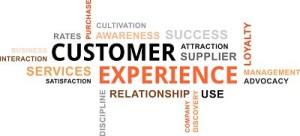

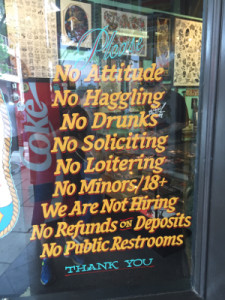



![photo[2]_opt](/images/2013/07/photo2_opt.jpg) Fast forward to 10 months after the purchase. The bag has a rip in it.
Fast forward to 10 months after the purchase. The bag has a rip in it.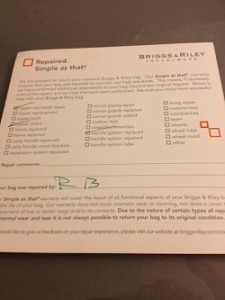 Then, I waited. And waited. I didn’t hear anything from Briggs & Riley. It had been a few weeks and I was just about to reach out to them via their website when voila, my repaired suitcase arrived with this card that outlines what got fixed. And that’s it.
Then, I waited. And waited. I didn’t hear anything from Briggs & Riley. It had been a few weeks and I was just about to reach out to them via their website when voila, my repaired suitcase arrived with this card that outlines what got fixed. And that’s it.
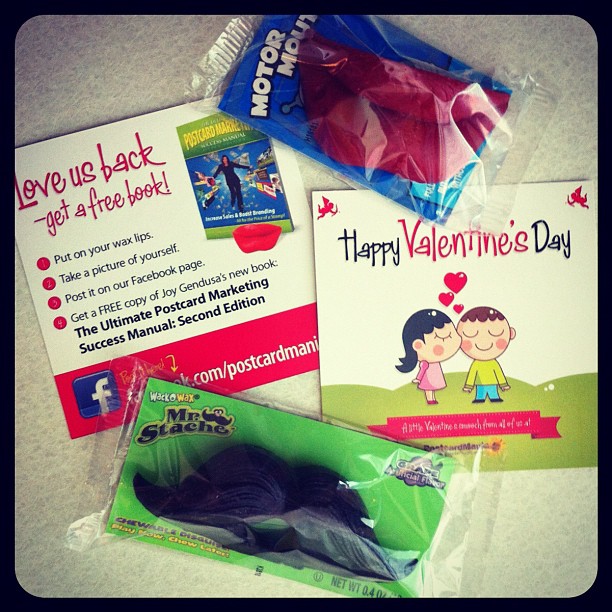

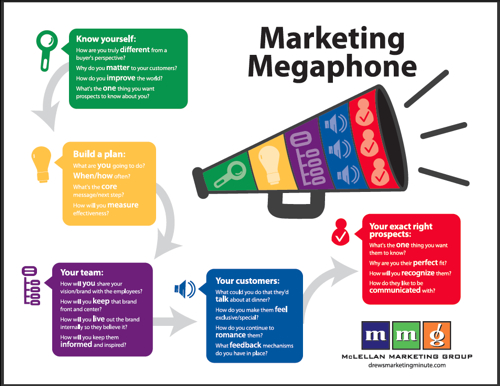

 There’s a remarkable difference between wishing for something and the relentless pursuit of a dream.
There’s a remarkable difference between wishing for something and the relentless pursuit of a dream.
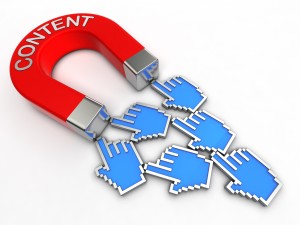 It seems like everyone is talking content marketing these days, like it’s it hottest thing since sliced bread.
It seems like everyone is talking content marketing these days, like it’s it hottest thing since sliced bread.